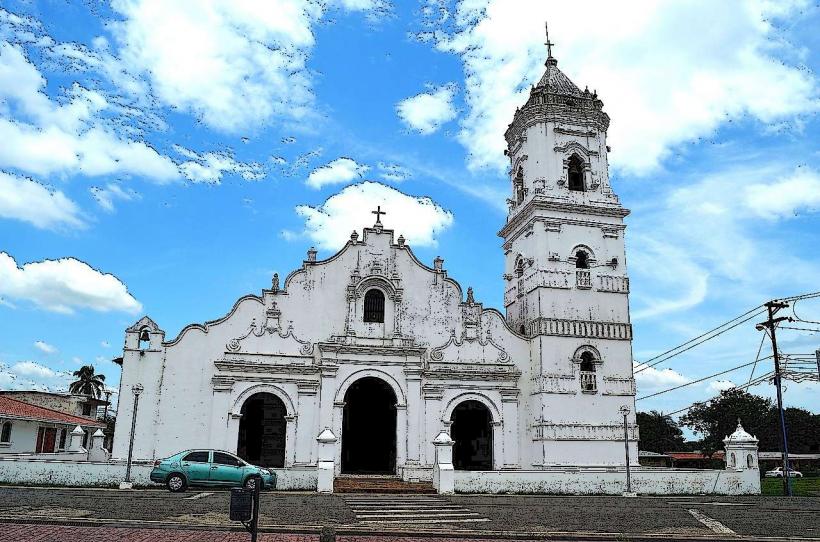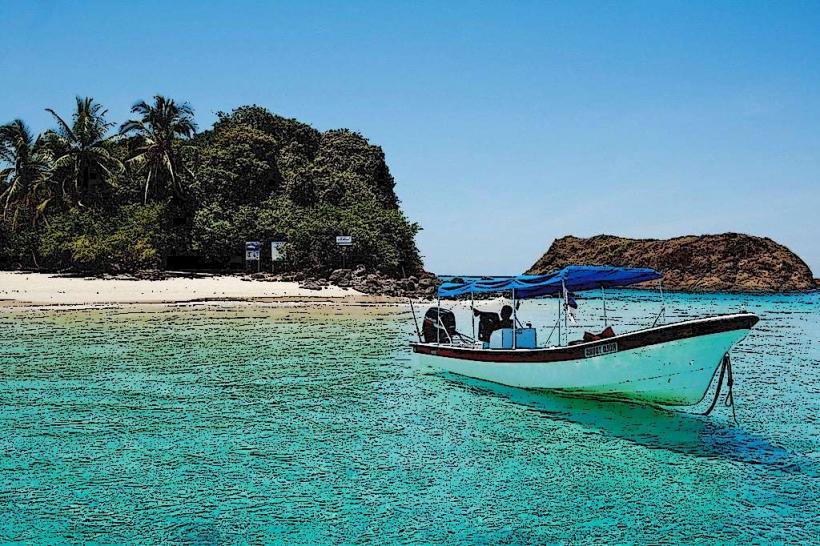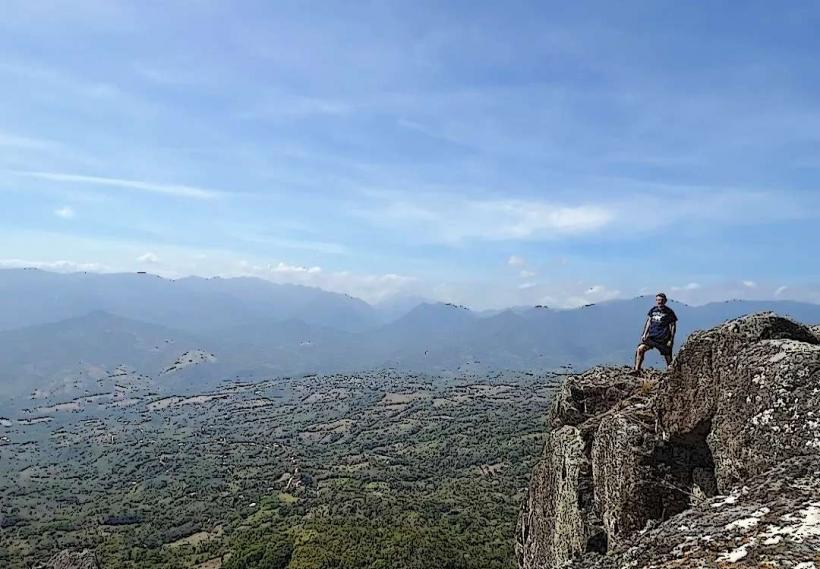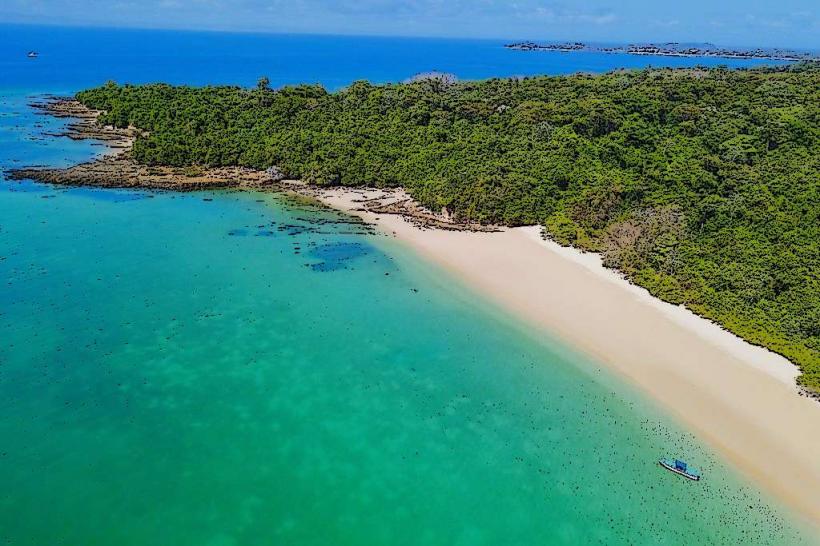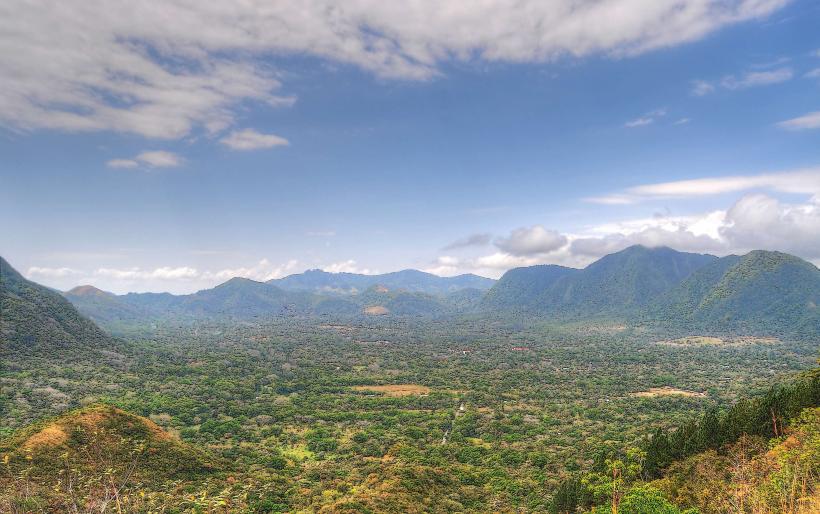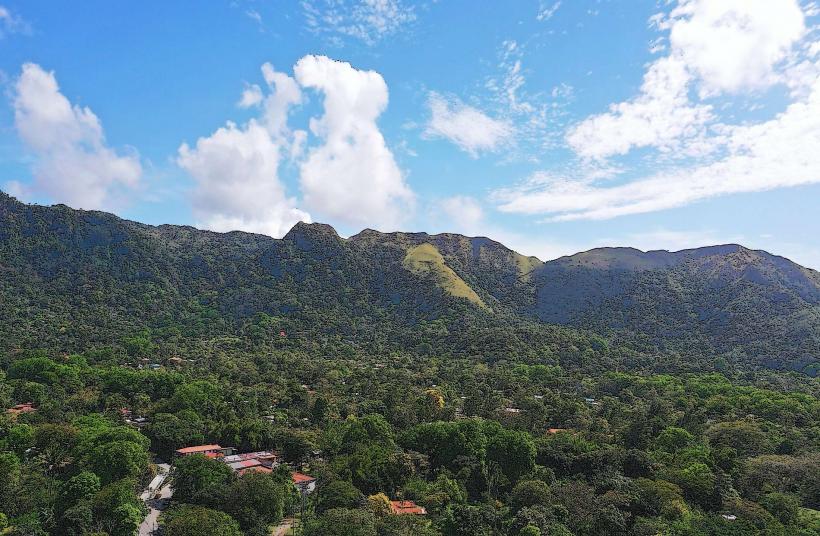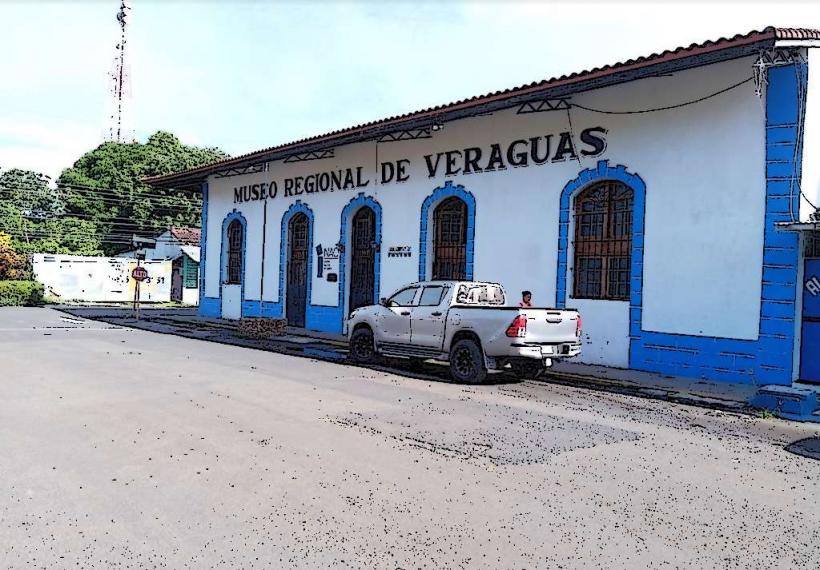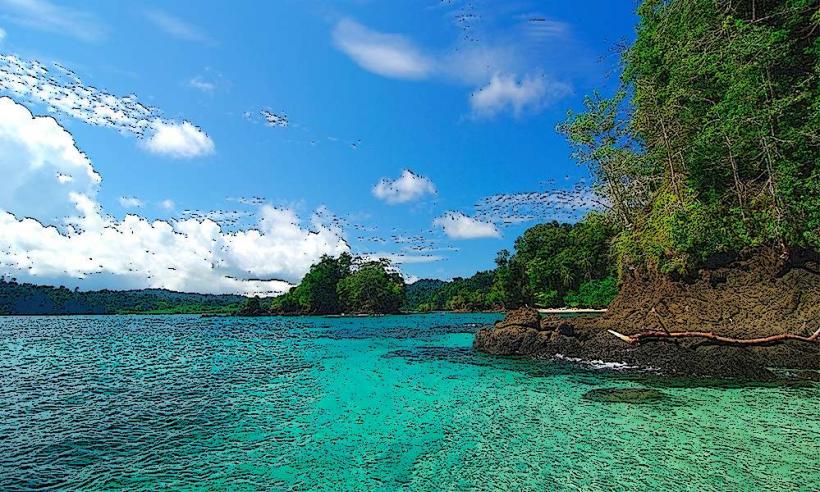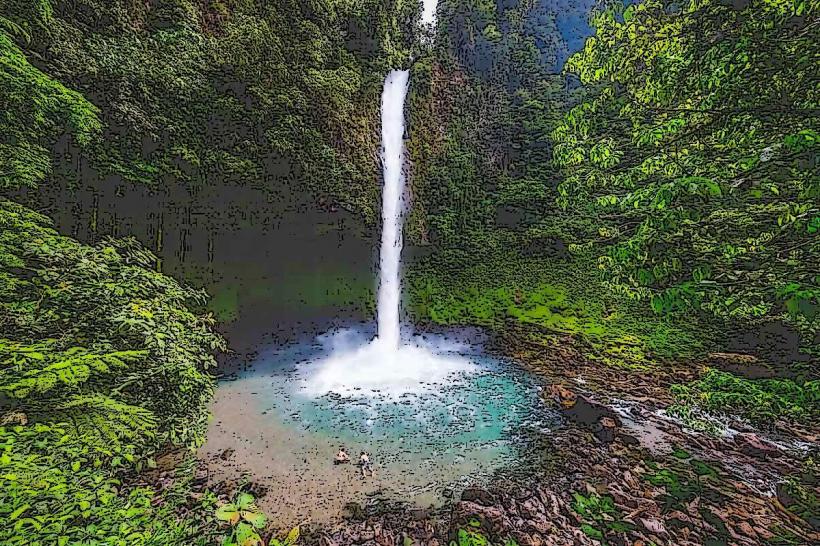Information
Landmark: Cueva del DiabloCity: Santiago City
Country: Panama
Continent: North America
Cueva del Diablo (Devil's Cave) is a mysterious and fascinating cave located in the Veraguas Province of Panama, near the town of Santiago. It is known for its natural beauty, unique geological features, and its association with local legends and myths. The cave offers a thrilling adventure for those interested in spelunking, history, and the natural wonders of Panama.
Key Features of Cueva del Diablo:
Geological Features: Cueva del Diablo is a limestone cave that features a variety of stunning geological formations. Inside the cave, visitors can observe stalactites and stalagmites, which have been slowly formed over thousands of years through the processes of erosion and mineral deposits. The cave's interior is a fascinating display of natural rock formations, with intricate patterns and textures that make for an exciting exploration.
Mystical and Historical Significance: The cave is steeped in local legends and myths, with stories about its origin and its significance to the indigenous people and early settlers. Some legends suggest that the cave was once used as a hiding place or as a sanctuary by ancient tribes, while others believe that the cave has mystical powers. The name "Cueva del Diablo" (Devil's Cave) itself reflects the folklore surrounding the site, with tales of dark forces and spirits inhabiting the cave. These myths add an air of mystery to the cave, making it a fascinating place to visit.
Adventure and Exploration: Cueva del Diablo is an excellent destination for those who enjoy spelunking and cave exploration. The cave is relatively easy to access, but exploring its depths requires careful navigation due to uneven terrain and narrow passages. Visitors can embark on a guided tour to learn about the cave's history, geology, and folklore. For adventurers, the cave provides a thrilling opportunity to explore underground chambers and discover hidden corners of the natural world.
Biodiversity: The area surrounding Cueva del Diablo is rich in biodiversity. The cave is located in a forested region that is home to a variety of plants and animals. Visitors may spot wildlife such as bats, which are often found living in caves, as well as various species of insects and birds in the surrounding area. The cave's ecosystem is an important part of the local environment, contributing to the overall biodiversity of the region.
Access and Location: Cueva del Diablo is located about 30 kilometers from the town of Santiago, in the Veraguas Province. The cave can be accessed by a short hike from a nearby parking area, and the terrain leading up to the cave is relatively easy to navigate, making it suitable for most visitors. Local guides are available to assist with tours and provide information about the cave and its surroundings.
Cultural Importance: The cave holds cultural significance for the local communities in the region. It has long been a place of interest for indigenous groups, settlers, and modern visitors alike. Its association with local myths and historical events makes it an important site for understanding the cultural heritage of the area.
Nearby Attractions: In addition to Cueva del Diablo, the Veraguas Province offers many other natural attractions and cultural sites for visitors to explore. The region is known for its mountains, waterfalls, and coffee plantations, making it an ideal destination for nature lovers and adventure seekers. Visitors can also explore nearby attractions such as the La Yeguada National Park, which offers hiking trails and opportunities for birdwatching, or the Santa Fé National Park, known for its lush forests and rich biodiversity.
Tourism and Accessibility: Cueva del Diablo is a relatively lesser-known destination compared to other popular tourist spots in Panama, but it is gaining attention as a unique adventure site. The cave’s location in a more remote area means that it is less crowded, providing a more intimate experience for those who venture there. Guided tours are available for those who wish to learn more about the cave's history, geology, and local legends.
Safety Considerations: While Cueva del Diablo is accessible to visitors, it’s important to take safety precautions when exploring the cave. The cave can be slippery in some areas, and certain sections may require crawling or squeezing through narrow openings. It is recommended to visit with a guide and wear appropriate footwear, such as sturdy shoes or hiking boots. A flashlight is also necessary for visibility inside the cave.
Best Time to Visit: The best time to visit Cueva del Diablo is during the dry season (from December to April), when the weather is more predictable and favorable for outdoor activities like hiking and cave exploration. However, the cave is open year-round and can be visited during the rainy season, though it may be more challenging to access due to wet conditions.
Conclusion:
Cueva del Diablo is a captivating and adventurous destination in Panama, offering a unique combination of natural beauty, geological wonders, and cultural mystique. Whether you're interested in exploring underground formations, learning about local legends, or simply enjoying a peaceful hike through the forest, Cueva del Diablo provides an unforgettable experience. Its relatively remote location ensures a quiet and off-the-beaten-path adventure for those willing to explore its depths.

